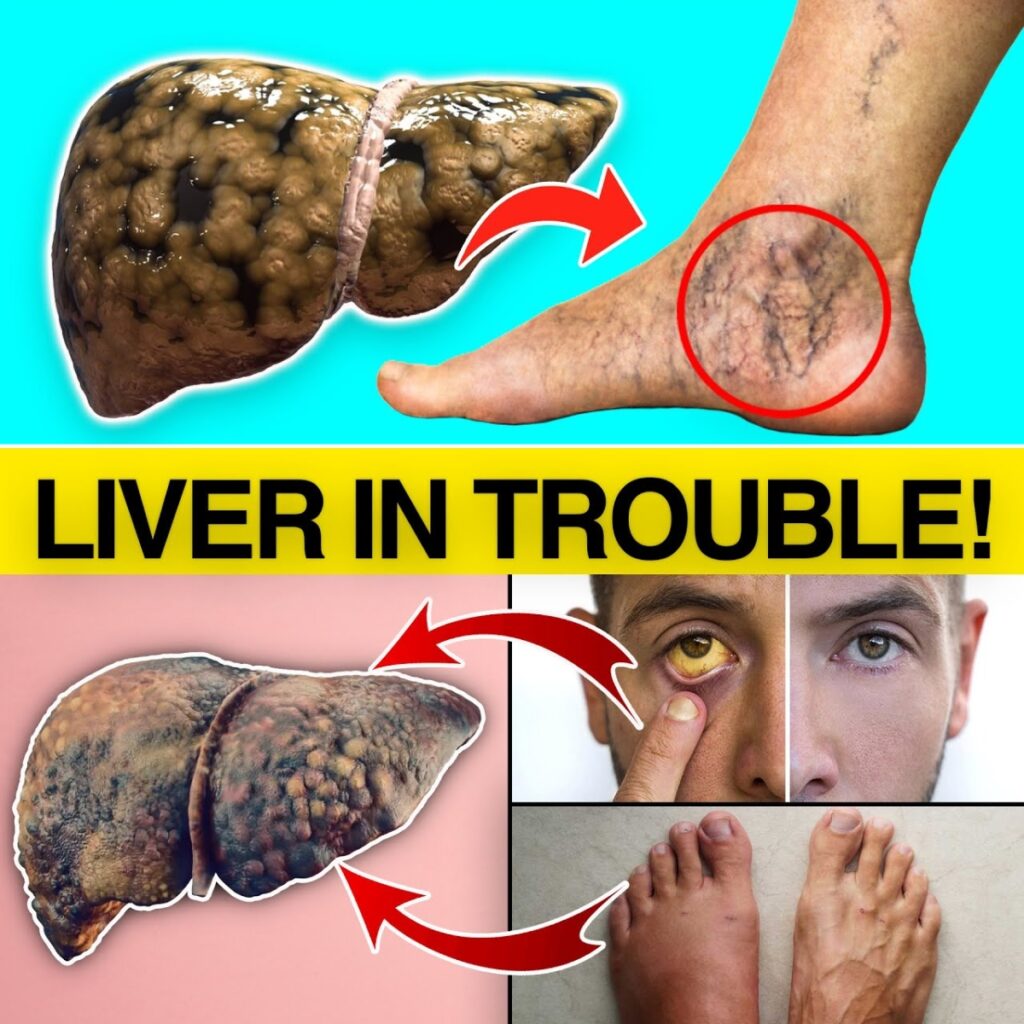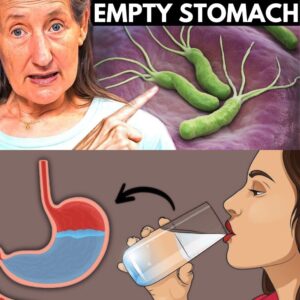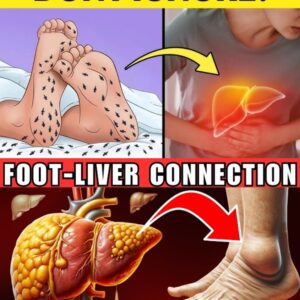Why You Should Pay Attention to Liver Signals

Your liver is an essential organ that supports over 500 functions—from detoxification and digestion to energy metabolism and hormone regulation. Early signs of liver stress are often subtle—and can be easily dismissed. Catching them early may help prevent serious conditions like fatty liver, cirrhosis, or liver cancer.
🔟 Top 15 Early Signs of Liver Trouble
1. Persistent Fatigue & Malaise
Feeling tired even after rest? A sluggish liver can’t remove toxins effectively, leading to exhaustion and low energy.
2. Loss of Appetite or Unintended Weight Loss
Digestive disruption due to a faltering liver often causes decreased hunger and unexplained slimming.
3. Upper Right Abdominal Discomfort or Swelling
Pain or fullness under the ribs on the right side can signal liver enlargement or fluid build-up (ascites).
4. Dark Urine & Pale Stools
If urine turns dark or stools become pale, it may indicate impaired bile flow—a red flag for liver dysfunction.
5. Yellow Skin & Eyes (Jaundice)
Known medically as jaundice, this is caused by bilirubin buildup and usually points to advanced liver stress.
6. Itchy Skin Without Rash
Unexplained itching may result from bile salts accumulating in the bloodstream due to liver compromise.
7. Easy Bruising or Bleeding
A misfiring liver reduces clotting factors, causing unexpected nosebleeds, bruises, or gum bleeding.
8. Fluid Retention & Swelling (Edema / Ascites)
Liver damage can cause fluid buildup in the abdomen, legs, or ankles—often mistaken for weight gain or swelling.
9. Skin Signs: Spider Veins, Red Palms, Nail Changes
Tiny spider angiomas, reddened palms, and nail abnormalities can be visual hints of liver imbalance.
10. Neurological Issues: Brain Fog & Confusion
Toxins not cleared by the liver can reach the brain—leading to mental cloudiness or memory lapses.
11. Musty or Sweet Breath Odor
A telltale sign sometimes detected in end-stage liver disease; it results from toxin build-up affecting your breath.
12. Digestive Disturbances (Gas, Bloating, Nausea)
Liver dysfunction often impairs bile production and digestion, causing bloating and discomfort.
13. Nausea or Vomiting (Sometimes Blood)
Especially in advanced disease, vomiting—possibly with blood—can indicate internal bleeding from varices linked to liver failure.
14. Muscle Loss or Weakness
Nutrient malabsorption due to liver inefficiency may result in muscle atrophy and overall weakness.
15. Unexplained Weight Gain (Especially in Belly)
Fluid retention or early ascites may show as sudden belly enlargement, unrelated to diet or exercise.
🩺 Why Symptoms Often Go Unnoticed
Liver dysfunction often begins subtly. Fatigue, appetite changes, or mild discomfort can be dismissed as stress or aging. However, symptoms like jaundice, swelling, itching, or cognitive changes should never be ignored.
🏥 When to Consult a Doctor
If you experience multiple symptoms, especially:
- Jaundice or itching
- Abdominal pain, swelling, or persistent fatigue
- Dark urine or pale stools
- Frequent bruising or mental confusion
Then it’s prudent to seek medical advice. A liver function test and imaging can provide early diagnosis and effective intervention.
✅ Bottom Line: Take Action Now
Your liver doesn’t send loud alerts—it whispers. These early warning signs may seem mild, but taken together, they could signal serious issues like fatty liver, hepatitis, or cirrhosis. If you notice any combination of these symptoms—start the conversation with your healthcare provider. Early detection saves lives.
Disclaimer: This article is informational only and does not substitute medical advice. Consult a healthcare professional for personalized care.






